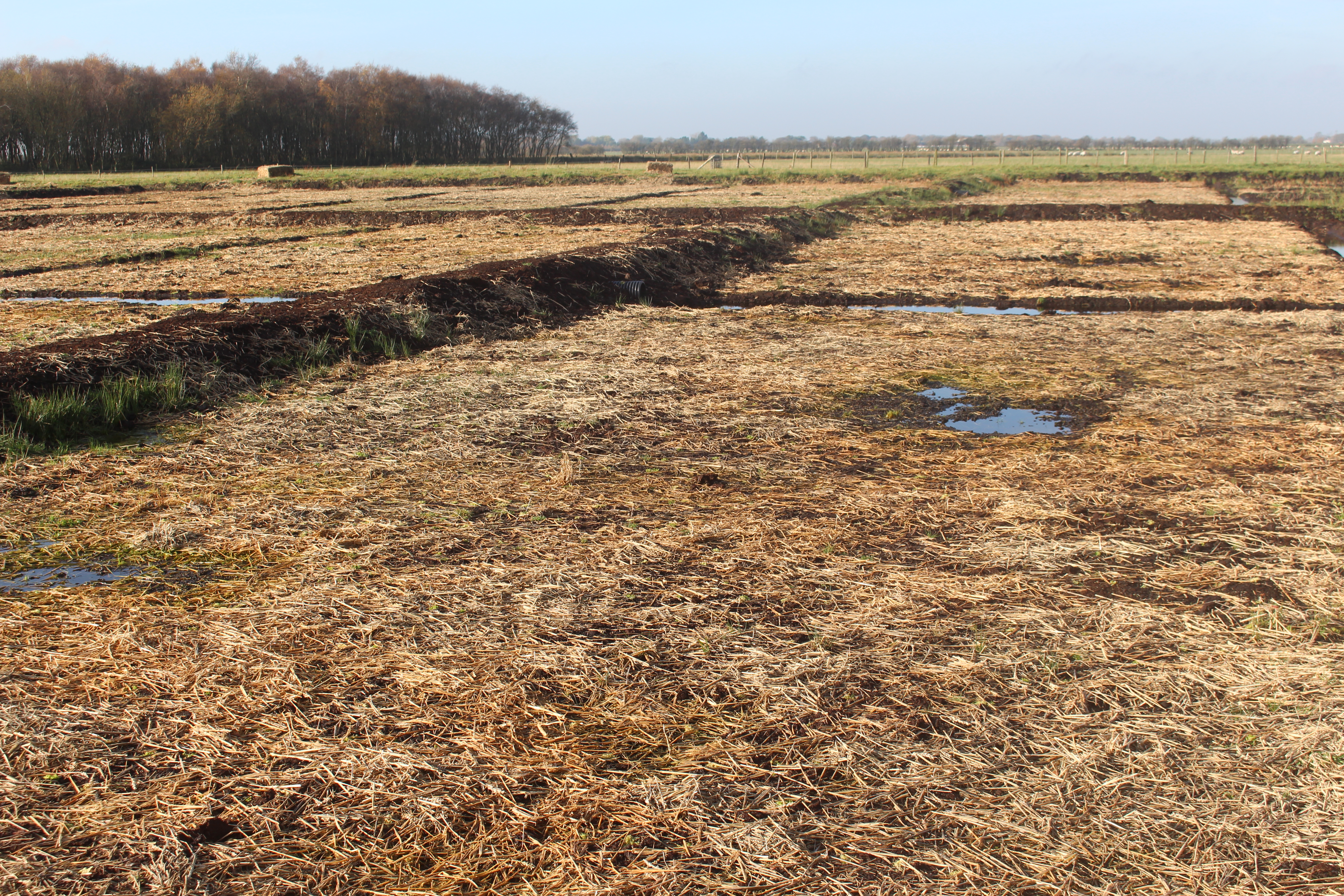
Carbon Reduction Guidance for Farmers and Landowners
Main output: Carbon Reduction Guideline for farmers and landowners

Drained peatlands lead to a substantial amount of greenhouse gas (GHG) emissions from EU Countries, as well as other negative effects on water quality, biodiversity and soil quality. Rewetting degraded peatlands decreases CO₂ emissions, and potentially restores the capability of peatlands as carbon sinks. The effect of rewetting on GHG emissions can be measured in the field, but such measurements are very expensive. It is therefore not feasible to measure GHG effects of all rewetting projects for several years. Different modelling tools to assess the effects of rewetting projects on GHG emissions are available, which are cost-effective and user-friendly.
Three modeling tools (or calculators) are demonstrated: the UK Peatland Code methodology, the Decision Support Tool developed in the main project of Care-Peat, and the Site Emission Tool (SET) developed in Interreg NWE Carbon Connects. Ease of use is estimated by the number of input parameters and the effort required to acquire these. The models provide the opportunity for a farmer or land manager considering a change in practice to understand the potential GHG benefits from making a change.
Ongoing research will address the knowledge gaps identified by farmers; the lack of information around the financial impact from transitioning to new crops (for example; paludiculture) including uncertainties in joint financing streams such as those from carbon credits, subsidies and biodiversity net gain, to understanding of effects on local and regional water management. The majority (~68%) of farmers interviewed in the UK and Ireland had not heard of paludiculture, but were interested in learning more about it. Most farmers are concerned about land degradation and want to increase biodiversity but are often most limited to market uncertainties. A lack of existing business case studies and an unwillingness to enter uncertain markets were the main barriers preventing uptake of paludiculture. Models can help to reduce market uncertainties, try out different potential business case scenarios, and provide a first (rough) estimation about a proposed rewetting project.
In conclusion, no one tool is “best”, but they are complementary. We recommend using each tool and try different approaches to learn how site conditions change the GHGs at your site. We could however propose some suggestions for farmers and landowners: contact your local agricultural advisor or peatland group to learn how. For site managers, we propose to go a little bit further in the knowledge of their site by recommending, 1) plan to measure groundwater and site information on a long-term period to define the baseline scenario, 2) use the models to calculate the GHG fluxes and to compare with measurements in order to ensure the good response of the models, 3) simulate restoration scenarios (like rewetting, vegetation changes...) with models and estimate the impact of these restoration on GHGs fluxes.
|
Models |
Benefits |
Limitations |
|
All models |
Less costly than continuous monitoring, based on proxies |
Long-term monitoring data from empirical models mostly based on natural peatlands instead of rewetted/carbon farm/paludiculture |
|
Peatland Code, SET |
Empirical models (based on EF, long-term monitoring data) are broadly applicable for different scenarios |
Empirical models not applicable in all biogeographical regions in NW-EU. EFs may not reflect the peatland type or crop very well |
|
Care-Peat model |
Process-based models for specific site – are calibrated per site and provide more robust estimate |
Inherent uncertainties regarding monitoring input data in models. Provides challenge for extrapolating their use to other sites or application for carbon crediting |
